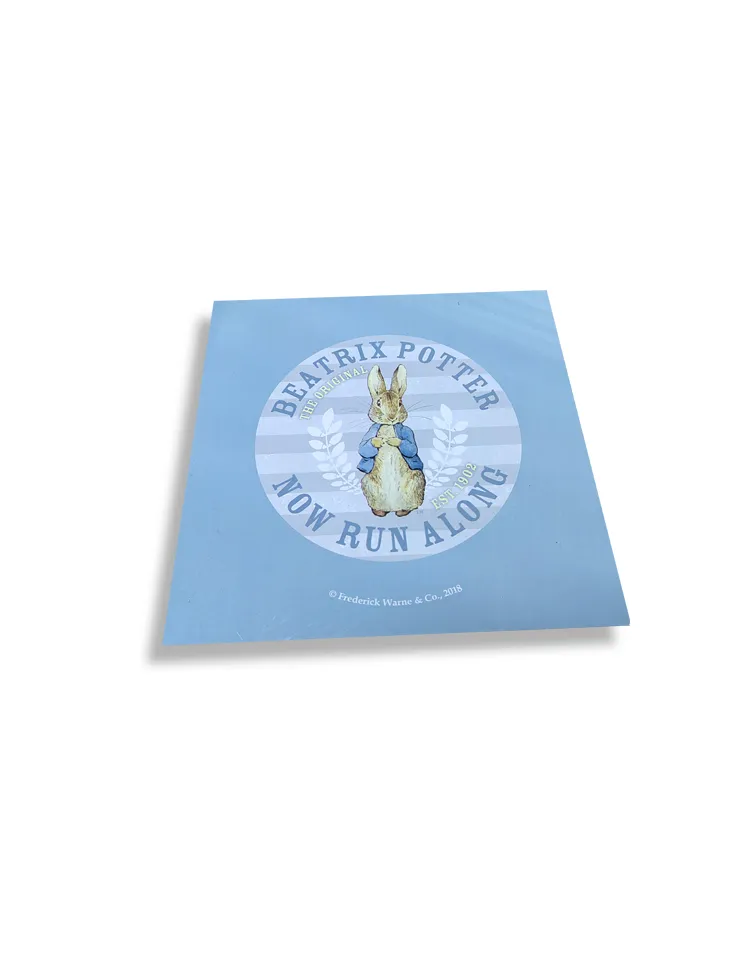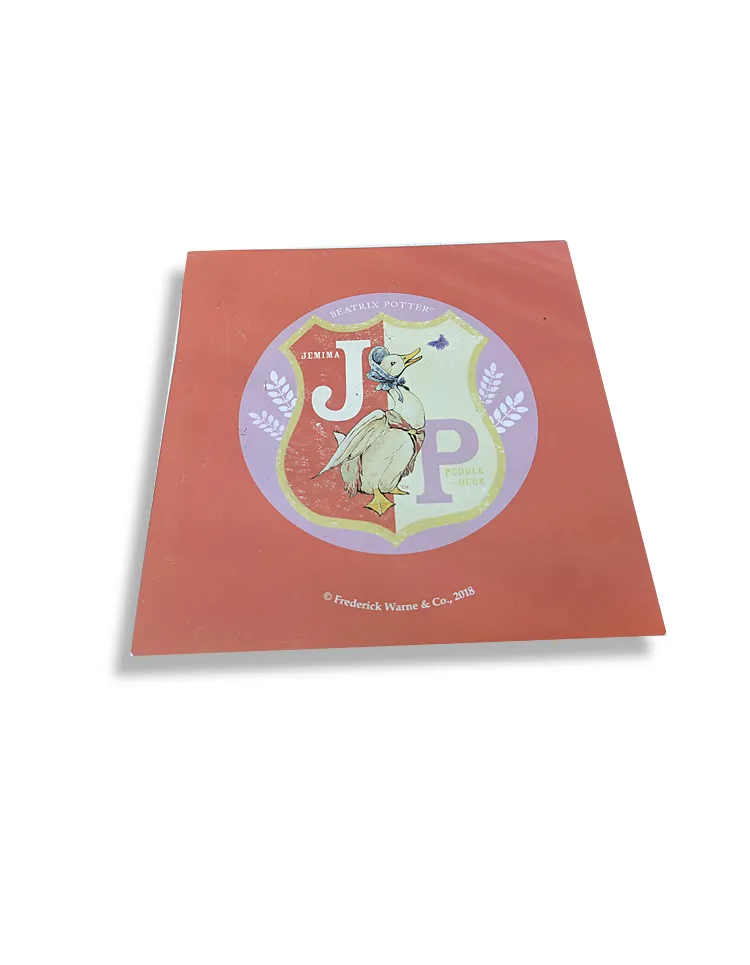Tinplate, as an important material for food packaging, is widely used in the manufacture of various food cans due to its good corrosion resistance, strength and durability. In addition to the advantages in physical properties, tinplate for food packaging often needs to be printed on the surface to provide product information, brand recognition and aesthetics. These prints are not only for decoration, but also include the communication of key information, such as brand logo, product ingredients, production date and nutritional information.
This article will discuss in detail how tinplate for food packaging is printed, sort out the whole process from material pretreatment, printing process to subsequent processing, and analyze the technical details and challenges.

What are the requirements for tinplate printing?
In the field of food packaging, tinplate printing needs to meet both decorative requirements and functional standards. As a packaging material that directly contacts food, tinplate printing also involves safety, environmental protection and long-term storage stability. Therefore, the printing process of tinplate for food packaging has the following basic requirements:
Safety
Tinplate printing for food packaging must meet strict food safety standards to ensure that the printed materials will not cause contamination or chemical reactions to food. Printing inks and other materials need to have food-grade safety certification, especially on the inner wall of tinplate cans, which cannot release harmful substances even after high-temperature processing.
Durability
Food packaging usually needs to be stored for a long time, especially canned food during transportation, storage and sales. The printed pattern on the tinplate surface must remain clear and stable, not fade or fall off, to ensure the integrity and aesthetics of the food packaging.
Accuracy and consistency
The printing on food packaging cans needs to be highly accurate to ensure that the pattern, text and color of each can are consistent, avoiding quality problems such as color difference and blur. The surface hardness of tinplate is relatively high, and special processes and equipment must be used during printing to ensure high-precision printing on the hard metal surface.

Preparation for tinplate printing
Before the formal printing operation, tinplate needs to do some basic preparation work to ensure the accuracy and quality of the pattern during the printing process. These preparation steps include surface treatment and primer coating.
Surface treatment
The surface of tinplate usually has a layer of tin when it leaves the factory. Although the tin layer has a certain anti-corrosion effect, its surface is not suitable for direct printing. In order to ensure that the printed pattern can be firmly attached to the tinplate surface, surface treatment is required.
Surface treatment is mainly completed by cleaning and polishing. First, the tinplate surface is cleaned with a specific solvent or degreasing agent to remove grease, dust and other impurities. Next, the surface is polished by mechanical or chemical means to enhance the adhesion of the printing ink. This treatment process not only improves the adhesion of the ink, but also ensures the uniformity and clarity of the printed pattern.
Primer coating
After cleaning and polishing, the tinplate surface usually needs to be coated with a layer of primer (Primer). The role of the primer is to provide a good adhesion foundation for the subsequent printed pattern, and it can also enhance the color expression of the printing ink. The primer is generally made of high temperature and corrosion resistant materials, which can remain stable after printing and can body molding.
The primer coating process is usually carried out by rolling or spraying. Rolling can ensure that the primer evenly covers the entire tinplate surface, while spraying is more suitable for surface treatment of complex shapes. After the primer is applied, the tinplate needs to be baked at high temperature to completely cure the primer layer, thus laying a solid foundation for the subsequent pattern printing.

Printing process
The core stage of tinplate printing is the printing process of the pattern. Unlike traditional materials such as paper or plastic, the printing process of tinplate is complex and demanding, and special equipment and processes must be used to achieve high-quality printing effects. Common printing processes are offset printing (lithography) and gravure printing, each of which has its own advantages.
Offset printing process
Offset printing is one of the most common processes in tinplate printing. The offset printing process indirectly transfers the pattern to the tinplate surface by using a rubber cylinder. The whole process is divided into the following steps:
1. Plate making
First, the pattern is designed and made into a printing plate. The area on the printing plate with the corresponding pattern can absorb ink, while other non-pattern areas will not absorb ink. The plate making process requires extremely high precision to ensure that the pattern details are not distorted during the printing process.
2. Printing
During the printing process, the printing plate first transfers the ink to the rubber cylinder, which then indirectly transfers the pattern to the tinplate surface. Since offset printing is indirect printing, the flexibility of the rubber cylinder allows the pattern to be evenly covered on the metal surface, avoiding the problems of excessive pressure or color difference that may occur during direct printing.
3. Multi-color printing
Tinplate printing is usually multi-color printing, that is, a complete pattern is formed by superimposing different ink layers. In order to avoid color confusion and unevenness, the offset printing process allows printing layer by layer, and each color needs to be dried and fixed after printing before the next color is superimposed. This process ensures that the final pattern is bright in color and rich in layers.
4. Baking and fixing
After each color printing is completed, the tinplate needs to be baked at high temperature to make the ink dry quickly and firmly adhere to the metal surface. The baking temperature is generally between 150°C and 200°C, and the time depends on the type of ink and the printing process. This process not only dries the ink, but also enhances its durability and avoids peeling or scratching during subsequent processing.
Gravure Printing Process
Another common printing method is gravure printing. Gravure printing engraves tiny grooves on the surface of the printing plate to hold the ink, and then transfers the ink to the tinplate surface through pressure. This process can achieve very fine pattern printing, especially suitable for high-quality images and complex patterns.
The main advantage of gravure printing is its high printing accuracy, especially in large-scale production, gravure printing can maintain consistent quality. In addition, gravure printing can handle thicker ink layers, which is suitable for food packaging that requires rich colors and delicate patterns.
Ink selection and application
The type of ink used in the tinplate printing process directly affects the printing quality and the safety of food packaging. Since tinplate is used for food packaging, its ink must meet a series of strict requirements, mainly including the following points:
Food-grade ink
Tinplate food packaging must use food-grade ink, which is certified by strict safety standards, does not contain harmful substances, and can remain non-toxic and harmless when in contact with food. In addition, food-grade ink must be resistant to high temperatures, acids and alkalis, and can maintain its color and performance under conditions such as high-temperature sterilization and long-term storage.
UV curing ink
In recent years, UV curing ink has been widely used in tinplate printing. UV curing ink has the characteristics of fast curing. It can complete the curing process within a few seconds through ultraviolet irradiation, without long baking, thus greatly improving production efficiency. At the same time, UV ink has higher wear resistance and chemical resistance after curing, which can better protect the pattern during the transportation and storage of food packaging.
Environmentally friendly ink
With the enhancement of environmental awareness, more and more environmentally friendly inks are used in tinplate printing processes. This kind of ink is not only safer and more environmentally friendly in composition, but also can reduce the emission of volatile organic compounds (VOC), which meets modern environmental protection standards.

Post-printing treatment
After printing, the tinplate can body usually needs a series of post-processing to ensure the quality and performance of the final product.
Protective coating
In order to protect the printed pattern from scratching or corrosion during transportation, storage and use, the surface of tinplate is usually covered with a transparent protective coating. This coating can not only improve the wear resistance of the can body, but also enhance the corrosion resistance of the can body and extend the shelf life of the product.
Forming and processing
The printed tinplate sheet will enter the forming stage, and will be made into the final food packaging can through cutting, stamping, welding and other processes. In this process, it is necessary to ensure that the printed pattern is not damaged, so the accuracy of the processing equipment and process is crucial.

